With a record number of completions by year’s end and continuing stable asking rents, industrial building construction in southwestern Ontario in 2024 was extremely brisk, says JLL Canada in its fourth quarter industrial report for the region.
But the real estate and investment management firm also says construction levels won’t reach the same peak this year.
The report was released just prior to the 25 per cent American tariff duties on Canadian goods that had been scheduled to kick in early February.
While not referring to that percentage figure, the report says: “We may need to monitor recent political shifts as potential tariffs may cause a pullback in construction in 2025.”
As for the construction that took place last year, the report says, “new build completions throughout 2024 increased the total market size by 5.2 per cent, with over 51 per cent of completions in Cambridge alone.”
Construction, a large part of which occurred in Cambridge, added six million square feet (557,418 square metres) of industrial space throughout southwestern Ontario in 2024.
“That is well over double the number of buildings completions in 2023.”
In examining other areas, the report points out availability of industrial space in the Guelph/Puslinch area increased to 7.6 by per cent, while declining somewhat in Brantford. All other markets remained stable.
Contributing to that decline in Brantford was the mid-2024 construction and then quick leasing, after a short vacancy, of 19 Fen Ridge Court and 151 Garden Ave., two speculative buildings.
Designed for large-scale distribution or manufacturing purposes, while providing flexible space configurations, both buildings feature high-clear heights, efficient loading docks and advanced sustainability features that tenants demand, says JLL’s executive vice-president and practice lead for southwestern Ontario, Mitchell Blaine.
In response to a series of emailed questions, Blaine noted there a number of factors driving industrial construction in that part of the province.
Those factors include the region’s strategic location and connectivity to the Greater Toronto Area and U.S. border crossings via major highways, and a soaring demand for warehouses and logistical facilities.
Other factors include population growth which fuels a demand for goods and services; a highly skilled and educated labour pool; the growth of e-commerce; and cost competitiveness. Land and construction costs are also lower compared to the GTA and so are living costs, he says.
Asked if the construction is tied in any way to the Toyota plant in Cambridge, Blaine acknowledged the plant is a key economic driver.
However, the current industrial boom is much broader and is linked to logistics, e-commerce, advanced manufacturing, and distribution sectors rather than exclusively tied to automotive manufacturing, he says.
“Construction timelines vary, but most of the buildings mentioned in our report broke ground within the past 18 to 24 months. This reflects the consistent demand pipeline and construction cycle in the region and the majority of these developments have already come to completion at the end of 2024 with the final segment under construction finishing in mid-2025.”
But the building boom may not continue.
Due to high rates, economic uncertainties and other challenges around feasibility of returns, very little new construction is scheduled beyond the current scheduled deliveries, he says.
In a separate, but accompanying report on activity in the Toronto area, JLL says industrial developers there also face a number of challenges and uncertainties, notably the potential impact generated by “American protectionism.”
Total under construction square footage decreased from 16.3 million to 12.4 million (1,514,319 to 1,151,997 square metres) from the previous quarter. Average net asking rents dropped for a fifth consecutive quarter from $17.70 to $17.41 a square foot (1.64 to 1.61 a square metre).
Besides the industrial reports, JLL Canada also published two assessments of office construction/leasing activity in southwestern Ontario and Toronto.
Key highlights of the southwestern Ontario report include the fact short-term lease renewals and office sales drove real estate activity. Tenants continued to favour short-term renewals and businesses are leveraging market incentives to obtain modern offices as part of their return-to-office priorities.
A similar movement is occurring in the Greater Toronto office market.
“After several post-COVID years of fairly soft leasing activity, we’re now seeing a push of return to (office) work. As a result, organizations are in a better position to make longer-term real estate decisions. We expect this trend to continue throughout 2025,” says national research director Scott Figler.


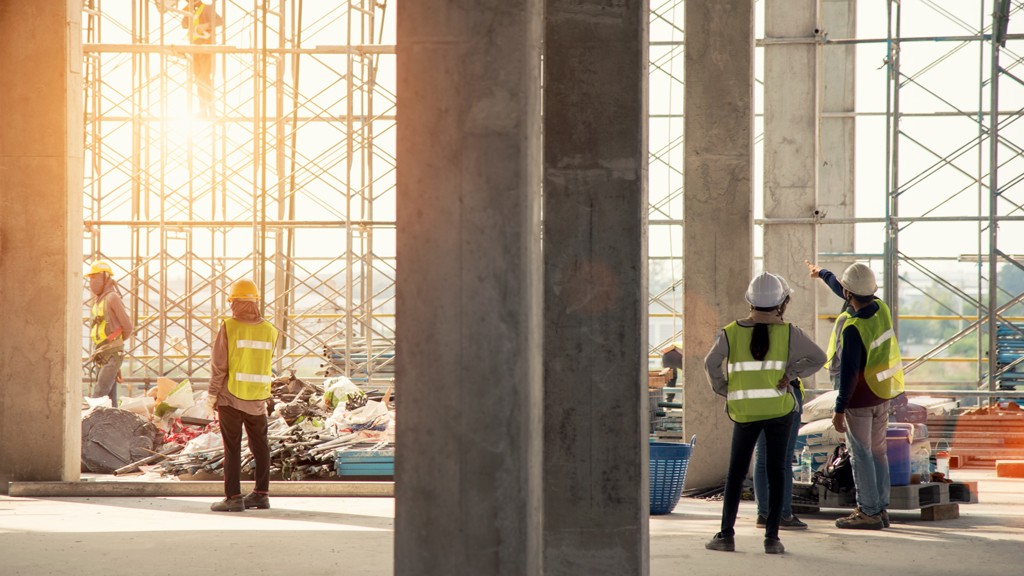

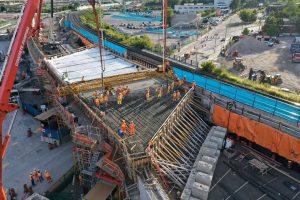
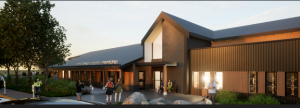


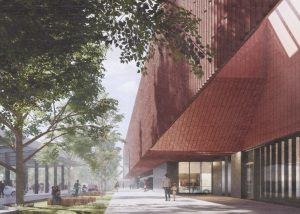
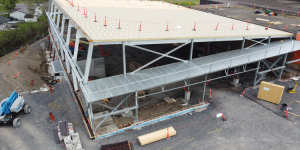

Recent Comments